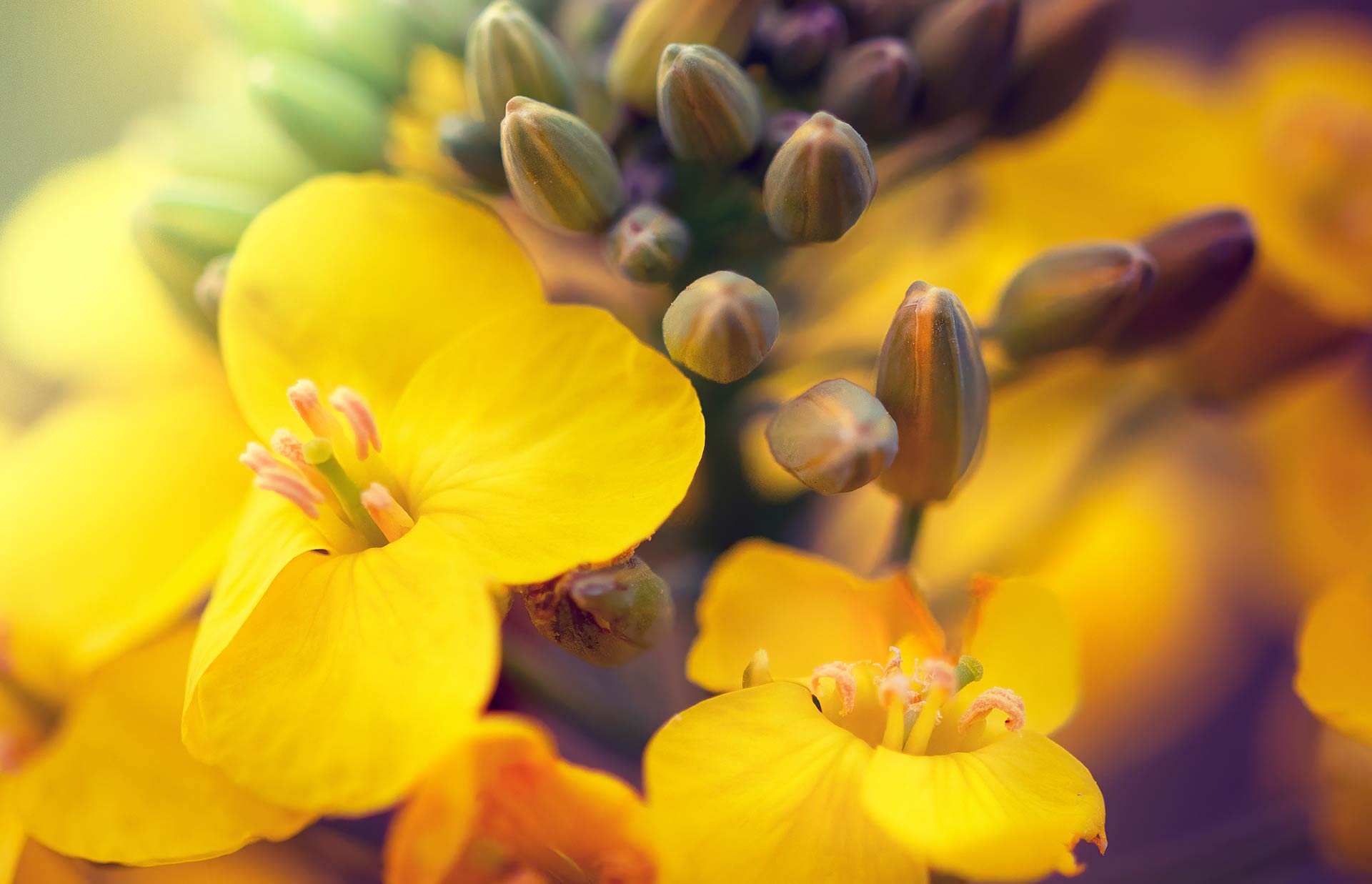Canada’s key agricultural provinces, including Saskatchewan, experienced sharply below-average rainfall in July, with some regions receiving only a quarter of their typical levels. The Expana Global Weather Report – July 2025 (customer access only) indicates that the lack of moisture is raising concerns for canola (rapeseed), mustard seeds, and oat crops.
Canola, in particular, faces heightened risks. Canada is the world’s largest exporter of canola oil, and water stress has reportedly caused rapeseed and mustard plants in some regions to end flowering earlier than usual, potentially limiting pod set and yields. Expana’s Weather and Crop research team notes that late and below-average sowing this season has added uncertainty over final output.
Growing conditions have been more favorable in other canola-producing areas, where adequate rainfall is supporting healthier crop development and potentially stronger yields.

Figure 1. 2025 July precipitation percentage change compared to the 30-year average in major Canadian agricultural provinces.
The net impact on Canada’s overall harvest remains unclear. Early projections for the 2025/26 crop suggest average to above-average canola production compared with recent years, though regional disparities could weigh on supply stability.
“The condition of canola crops exhibits considerable variation on a regional and territorial scale, particularly regarding precipitation. However, canola production in Canada may exceed last year’s levels,” predicts Anaïs Pigot, Oilseed Analyst, Expana. “Though conditions have been drier than average for the past 30 years, some timely rainfall in July limited losses. Additionally, although flowering was shortened by the lack of rain, days with very hot temperatures were relatively rare. This should have limited losses somewhat. Finally, observations of the NDVI (Normalized Difference Vegetation Index) suggest a more favorable outlook than last year.”
And, according to Expana’s Weather and Crop research team, mustard and oat crops face similar stress, with reduced rainfall increasing risks of lower yields.
Co-authored by:
Anaïs Pigot, Oilseed Analyst
Image source: Shutterstock
Written by James Tyler




